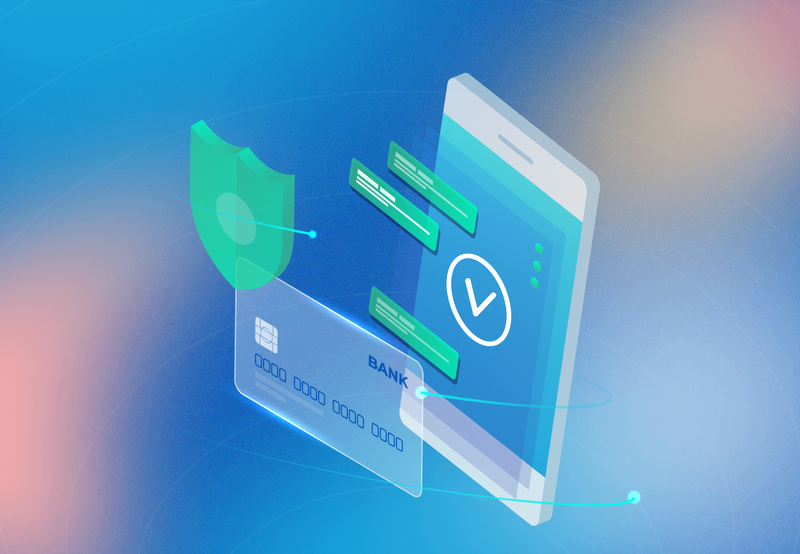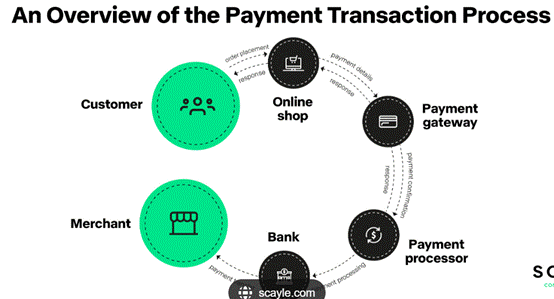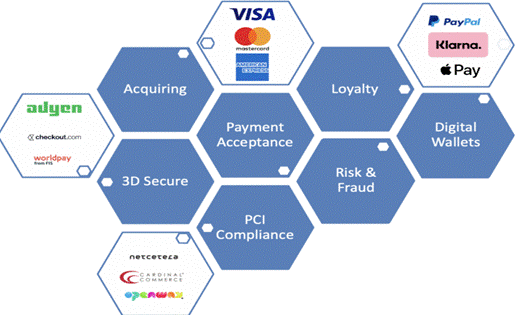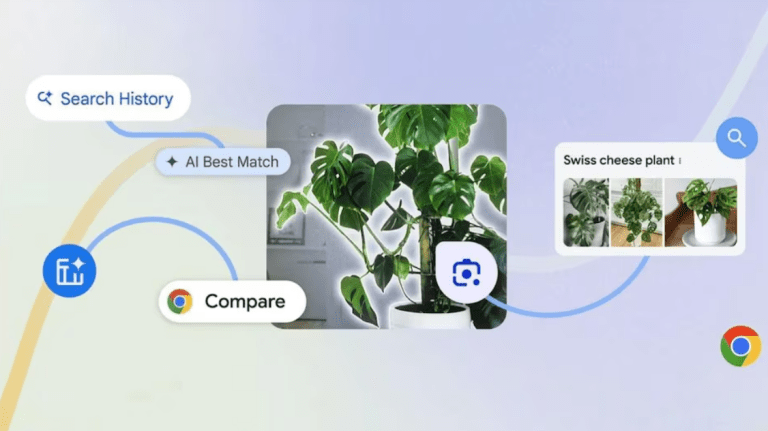Revolutionising Digital Payment Systems: The Role of Payment Service Providers in Enhancing User Experience | By Banji Kayode

Business owners strive to offer their customers the best experience during sales. This is because the service experience determines if the customer will patronise them again or refer them to someone.
In recent times, digital payment has become the most common mode of payment for goods and services.
Digital payments are financial transactions done in the absence of paper money but rather through digital means. Businesses need to provide the easiest digital payment means for the convenience of their clients.
Technological developments have brought about innovations for easy payment methods.
As more businesses are digitised, financial technology developments are introduced, and new payment methods emerge.
In October 1994, First Virtual Holdings launched its first online payment system. Customers could use credit cards to make payments online safely. Also, the introduction of smartphones led to the innovation of mobile payments, and it has become more secure with the use of security strategies such as fingerprint and facial recognition.
Between 2011 and 2014, the transformation of business processes using digital technology helped 700 million people in developing countries to access formal financial services.
Plus, the COVID-19 pandemic highlighted the need to drastically upgrade to digital methods of payments as a safer option. The effects of digital payments also include the stability of an economy and the approach to regional development.
Payment service providers are financial entities that serve as middlemen between consumers and retailers.
They enhance user experience in digital payment by making payment processes seamless and secure. This is done by leveraging advanced technology such as encryption, tokenisation, real-time fraud detection systems and 3D secure authentication.
They also provide virtual cards, digital wallets, payment link generation, charge-back management, e-commerce integration, cross-border payment solutions, mobile payment solutions, Point of Sale (POS) systems, merchant account services and currency conversion.
This provides multiple payment options for users. Some key Payment service providers include Flutterwave, Paystack, Interswitch, Opay, VogurPay, Remitta, Paga and Quickteller.

Figure 1: an overview of the payment transaction process | Source: scayle
The figure above illustrates the digital payment transaction process, highlighting how customers shop online and make payments effortlessly.
In this article, I elaborate on how payment service providers enhance user experience by facilitating payment between retailers and consumers.
1. Multiple Payment Options
The goal of Payment service providers is to make the transaction process straightforward and convenient.
These third-party companies use a type of software called Application Programming Interfaces to connect with various payment gateways.
Payment gateways now support multiple currencies and payment methods, catering to a global audience.
This enables traders or retailers to access websites and applications smoothly. They also work with open banking providers to facilitate account-to-account payments. This integration allows various payment methods, such as:
- Credit and Debit Cards: These are payment cards that facilitate digital payments; they can be used online or physically in stores.
- Bank Transfers: This allows you to move money directly from one bank account to another online or offline- using unstructured supplementary service data.
- Digital Wallets: These are electronic wallets that allow you to make and accept payments. Examples include Apple Pay, Google Pay and Samsung Pay.
- Cryptocurrency: This is a form of payment using encryption algorithms

FIGURE 2: Payment Service Providers | Source: Payement-Universe.com
2. Speed and Efficiency
Payment service providers ensure that payments made are processed efficiently and quickly. They make payment steps straightforward to fill. Instant payment options are made available, and confirmation of payment also follows the same pattern. Thus enabling businesses to reach a broader customer base. Adaptable User Interface Design is also implemented for easy navigation.
3. Security and Risk Management
They implement advanced encryption technologies and fraud detection systems to safeguard user’s financial data.
This transparency builds trust and protects businesses and customers from fraudulent activities, hence making business transactions safe for both parties. Real-time transaction monitoring is often employed to reduce the risk of fraud.
End-to-end encryption is also used to ensure that sensitive data is securely transmitted during the payment process, and tokenisation replaces sensitive data with unique tokens.
4. Multi-device Optimisation
The fluidity of business websites and applications allows them to function perfectly on various devices, such as mobile phones and laptops, making payments for goods convenient.
Users should have the same experience regardless of the device they use to make payments. Payment service should have a responsive design to adjust automatically to different screen sizes and resolutions so that customers don’t struggle to navigate through the payment process.
5. Localised payment solutions
This ensures that the payment service provider’s platform is optimised for local markets, addressing factors like language, currency, payment preferences, and legal requirements.
Users are made to feel more relaxed while making payments because the methods are culturally inclined.
A Nigerian who speaks pidgin and encounters the option to select pidgin as a language choice during payment would have a smooth payment. Also, localised payment solutions can minimise additional fees caused by currency conversion and allow users to pay in their local currency.
Digital payments have changed how businesses operate. In our world today, businesses that understand and implement digital payment methods, such as payment service providers, have gained a competitive edge and distinguished themselves in the market.
Payment service providers hold significant potential for the future of digital payments by revolutionising payment systems through strategic innovations and the use of artificial intelligence.
Modern payment methods have greatly overshadowed traditional payment methods, and this is because they greatly align closely with merchants’ needs to satisfy customers and leave a good impression on them about their business.
These developments allow businesses, including small businesses, to serve a global audience while providing convenience and security, which is highly demanded in this interconnected era.
As digital payment continues to be involved, payment service providers will remain important in the future of financial transactions. The efficiency of these intermediaries will ensure that the benefits of digitalisation reach a wider audience while maintaining a high standard of user experience. This is key to the future of global commerce.
About the Author
Banji A. Kayode is a seasoned expert in merchant acquiring and financial technology, with a strong background in payment system infrastructure for banks and major operators. With extensive experience in digital payments, he has played a pivotal role in driving financial inclusion and fostering innovation within the fintech ecosystem. A recognised thought leader, Banji provides insightful commentary on digital financial services, emerging payment technologies, and industry trends. Beyond payments, he is a trusted advisor to fintech startups, offering strategic guidance on product development, go-to-market strategies, and regulatory compliance. His deep industry expertise and hands-on approach have helped startups scale and navigate the complexities of the financial landscape.








Thank you for reading
Nice article sir.
Keep up the amazing work!
nice 👍